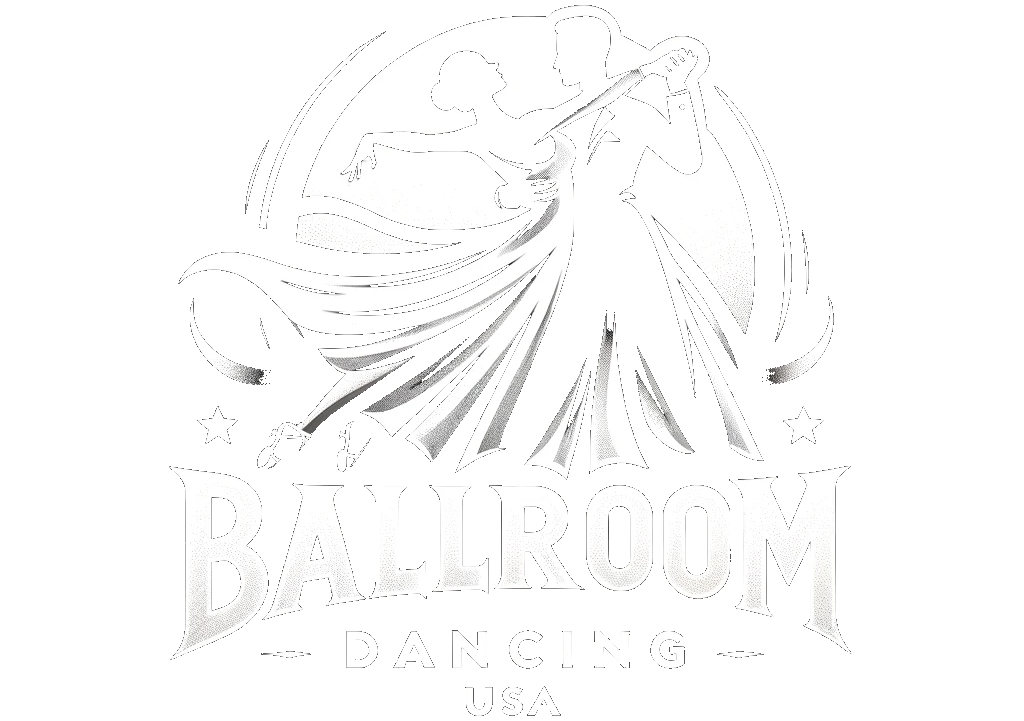1. Introduction to the concept of Musicality in Ballroom Dance Introduction to the Concept of Musicality in Ballroom Dance Ballroom dancing is an art form that combines physical movement with musical accompaniment. It is a unique way to express oneself through the combination of music and movement. Musicality is an important element of ballroom dance, […]
Read More1. Introduction Introduction Music plays an important role in ballroom dancing sports, as it provides a rhythm for the dancers to move to and helps them to create beautiful and intricate patterns. Music can also be used to set the mood and atmosphere of the performance, as well as to express the dancers’ emotions. Without […]
Read MoreMusicality in Ballroom Dancing
Ballroom dancing is a beautiful art form that has been enjoyed and celebrated for centuries. Music is a key part of the ballroom dancing experience, as it helps to create a sense of rhythm, excitement, and emotion. A dancer must have a strong sense of musicality in order to be successful in the ballroom.
Musicality is the ability to interpret and respond to music in a meaningful way. It is the ability to feel the beat of the music and to move in a way that expresses the emotion of the music. Musicality is essential in ballroom dancing, as it helps to create a connection between the music and the dancer. Without musicality, the dance would be lifeless and dull.
In order to develop a strong sense of musicality, dancers must practice and develop their skills. This can be done through listening to music and analyzing the rhythm and tempo. Dancers should also practice dancing to different types of music and experimenting with different styles. By learning to recognize the different types of music, dancers can better understand the nuances of the music and how to respond to it.
In addition to practicing and developing their musicality, dancers should also learn how to interpret the music. This includes understanding the tempo, the dynamics, and the mood of the music. By understanding the music, dancers can create a more meaningful and expressive performance.
Finally, dancers should also practice dancing to different types of music. This includes dancing to a variety of genres, such as jazz, classical, pop, and Latin. By becoming familiar with different types of music, dancers can better understand how to interpret the music and create a more meaningful performance.
Overall, musicality is a key component of ballroom dancing. By practicing and developing their musicality, dancers can create a more meaningful and expressive performance. With a strong sense of musicality, dancers can enjoy the beauty and emotion of ballroom dancing.



